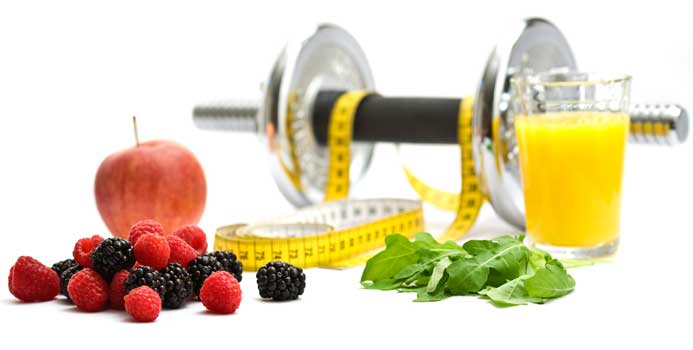What exactly is sushi? What about sashimi? Sushi is often touted as being healthy, but not all options at your favorite fish establishment are created equal, and some pack significantly more calories than you think. There are definitely ways to ensure that the fish fare you pick won't cause belly bloat.
Sushi Basics
First, a brief description of all things sushi. Sushi itself is a very general term describing the Japanese cuisine made from cooked rice and various other ingredients. It's often served in rolls, sometimes wrapped in dried seaweed. Sushi comes in a variety of forms, with an array of toppings, fillings, sauces, condiments, and methods of preparation. It is often prepared with white rice and fish.

Sashimi is raw fish that has been very thinly sliced and served by itself. Pregnant women should not consume sashimi.
Waist-Friendly Appetizers
There are a number of delicious appetizer options at sushi restaurants, but there are certain choices that are sure to entice the senses without expanding your waistline. One light option to start your meal off with is miso soup, which is a traditional Japanese soup made from soybean paste (miso) and tofu, often with kelp, dried fish, or vegetables added. One cup generally has about 70 calories. An added bonus: research has found that when people consume a broth-based soup before their meals, they actually wind up eating less.

Edamame, soybeans generally served steamed in the pod and sprinkled with salt, is another light appetizer choice. A three-quarter cup serving shells out about 120 calories and provides protein and fiber.
Steamed dumplings like gyoza or shumai can be a lighter appetizer option if they are filled with vegetables or lean protein. Avoid crab rangoon, which are deep-fried and filled with cream cheese and crab.

Consider the Condiments
Condiments that pack a lot flavor for minimal calories include soy sauce (opt for low-sodium soy sauce), wasabi paste, and pickled ginger. Watch out for items loaded with mayonnaise, cream cheese, or oils.
Avoid These High-Calorie Items
The rolls consist of a variety of ingredients, and certain words indicate a high-calorie item. You'll be tempted by the tempura, which is sushi that is battered and then deep-fried, but we all know that deep-fried fare is high in fat and calories. Beware of Dynamite Rolls, which are usually fried and filled with a sauce that is loaded with mayonnaise. The Spider Roll is another roll to roll past because it is filled with tempura crab and is heavy on the mayo.

Too Sake or Not to Sake?
If you like to imbibe, remember that alcohol provides calories but no beneficial nutrients. Sake, a traditional Japanese drink, is a rice-based alcoholic beverage that is generally served hot and in small glasses. Sake generally provides about 40 calories for a one-ounce serving, but the cups they're usually served in hold about two ounces. Stick with one serving.
The Bottom Line
As with all food, always practice moderation. Eat slowly and enjoy your food, but stop when you are full.
Kari Hartel, RD, LD is a Registered Dietitian and freelance writer based out of St. Louis, MO. Kari is passionate about nutrition education and the prevention of chronic disease through a healthy diet and active lifestyle. Kari holds a Bachelor of Science in Dietetics from Southeast Missouri State University and is committed to helping people lead healthy lives. She completed a yearlong dietetic internship at OSF St. Francis Medical Center in Peoria, IL, where she worked with a multitude of clients and patients with complicated diagnoses. She planned, marketed, and implemented nutrition education programs and cooking demonstrations for the general public as well as for special populations, including patients with cancer, heart disease, diabetes, Alzheimer's disease, obesity, and school-aged children. Contact Kari at [email protected].



